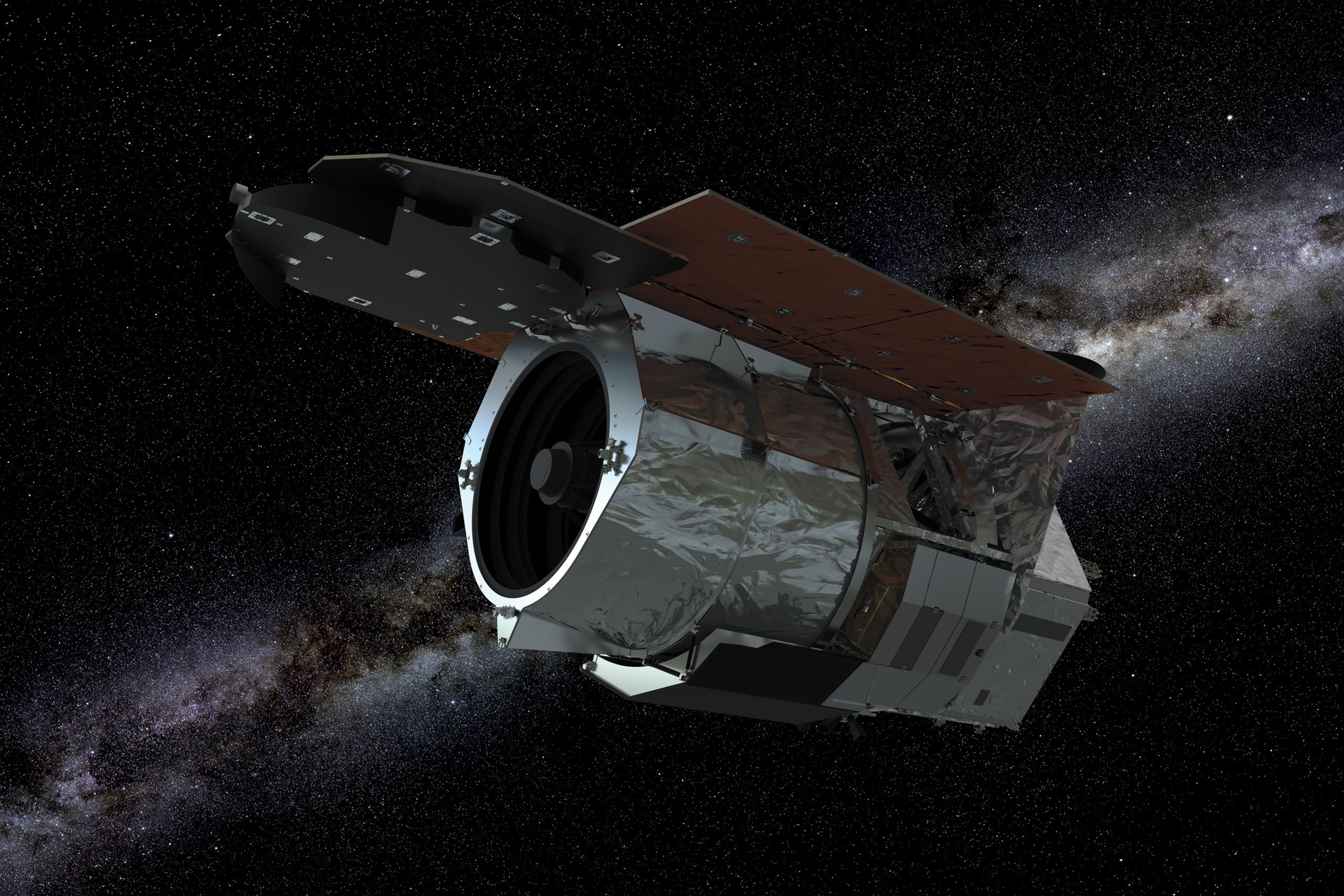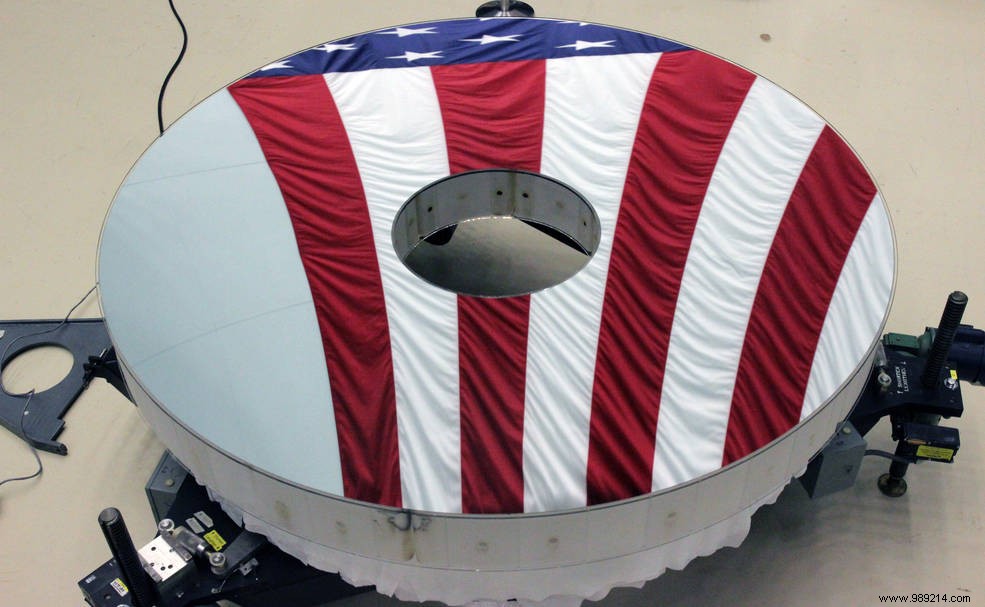The construction of the main mirror of the Nancy Grace Roman telescope was completed a few days ago. Thanks to it, NASA will be able to observe space with a field of view 100 times greater than that of Hubble.
The Nancy Grace Roman Telescope (formerly WFIRST) is, along with the James Webb Telescope, one of the most anticipated observatories of the coming years. Its wide field of vision will allow it to probe some of the greatest mysteries of the cosmos, such as dark matter or dark energy, responsible for accelerating the expansion of the universe. To do so, the telescope will need to map how matter is structured and distributed in the cosmos, and measure how the Universe has expanded over time.
The Nancy Grace Roman Telescope will also be powerful enough to find new exoplanets. To do so, it will rely on the gravitational micro-lens method. During its mission, the observatory is expected to monitor approximately one hundred million stars , enough to unearth thousands of new worlds.
In addition, this telescope will also offer an instrument capable of directly imaging exoplanets by blocking the light from their star with a coronagraph. The Hubble Space Telescope, in orbit since 1990, already offers one. On the other hand, that of the Nancy Grace Roman - called "starglasses" - will be much more sensitive . Jason Rhodes, one of the researchers on the project, estimates that it may be able to reduce incoming starlight by a factor of a billion.

That said, while waiting for its launch, the construction of the telescope continues. A few days ago, NASA declared that its main mirror - the "heart" of the telescope - was finally complete.
This mirror is as large as Hubble's, measuring 2.4 meters in diameter. On the other hand, it weighs less than a quarter of its weight. Its coating is also different. That of the Roman Telescope is lined with a layer of silver less than 400 nanometers thick – approximately 200 times thinner than a human hair – so as to reflect near-infrared light . For its part, the Hubble mirror is coated with layers of aluminum and magnesium fluoride to optimize the reflectivity of visible and ultraviolet light.
Once in orbit 1.5 million km from Earth, in the opposite direction to the Sun, this main mirror will send the harvested light to Roman's other two large scientific instruments – the Wide Field Instrument and the coronagraph.
The former is basically a giant 300 megapixel camera . Just as sensitive as the Hubble cameras, it will, however, project an image of the sky 100 times larger. In other words, an image from the Nancy Grace Telescope will be as detailed as 100 images taken by Hubble.

Roman's mirror is also so finely polished that each irregularity measures no more than 1.2 nanometers in height . It's over a hundred times smoother than a typical household mirror, and twice as smooth as the specs claimed. To put that into perspective, if this mirror were scaled to the size of the Earth, these little "bumps" would only be about five millimeters high.
As a reminder, excellent polishing is essential to avoid the scattering of incoming light. Being more "smooth" than necessary, this mirror will thus bring “even greater scientific benefits than originally expected “, underlines NASA in a press release.
For now, the telescope is still scheduled to be placed in orbit in 2025 . Either by a Falcon Heavy, from SpaceX, or by a New Glenn, the future heavy launcher from Blue Origin. Its primary mission should last about five years.